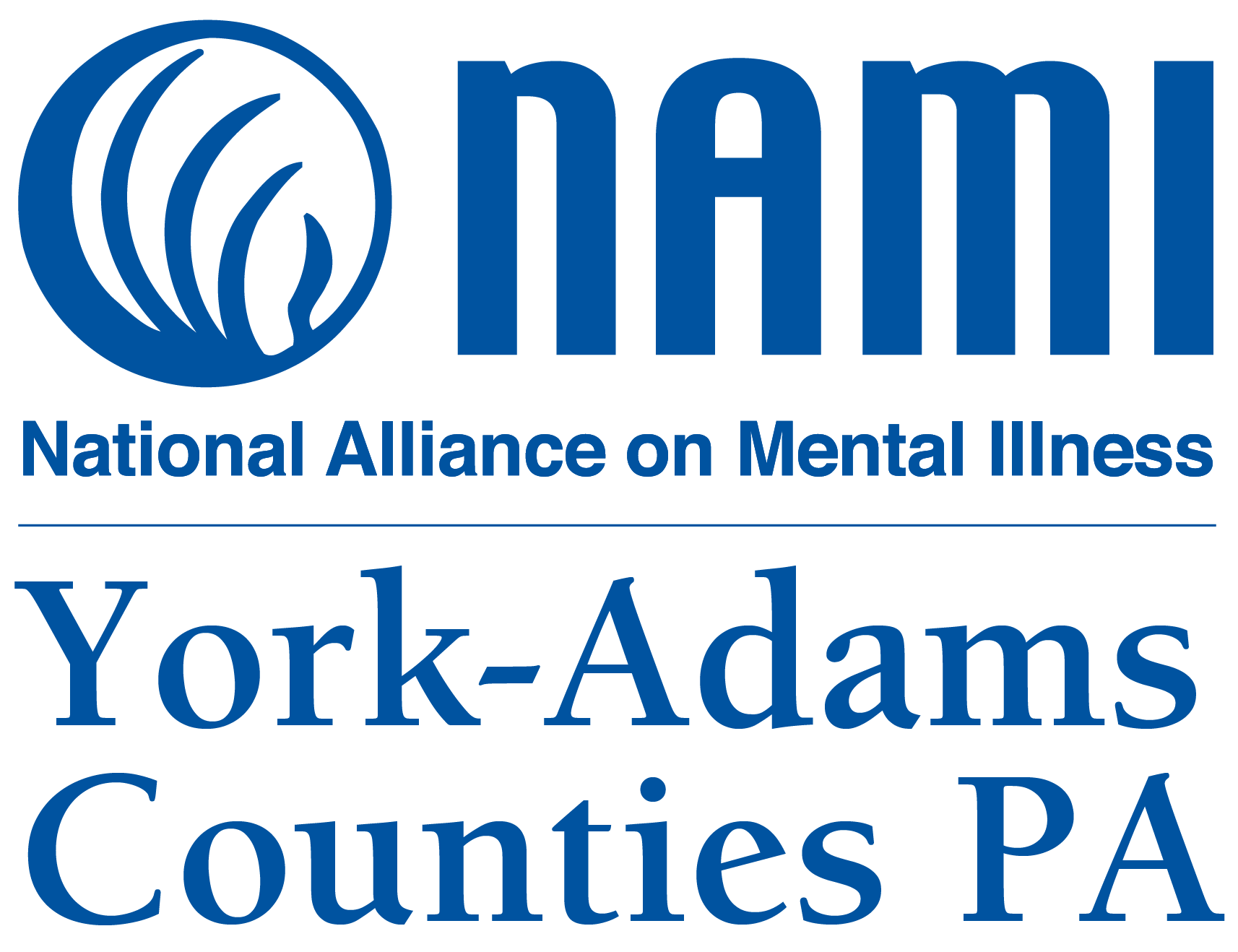STUDENT RESOURCES
Suicide rates for youth have been rising for years. More than 31% of high school students have experienced a persistent feeling of sadness or hopelessness, and over 17% have seriously considered attempting suicide. One in five teens lives with a mental health condition and yet more than half are not getting the help they need. Stigma remains a huge barrier to teens seeking help. Many cite fear of negative perceptions as a major factor in choosing not to speak up.
This may be due to the tremendous stress they face in school, peer pressure or bullying. Additionally, today’s youth spend a significant amount of time looking at screens, using electronic devices to play games or peruse social media, which is also a factor of the increased suicide rate. The extra time these factors take up can limit a young person’s time to connect with friends, get outside and exercise — which are all essential to maintaining mental health.

In the past, young people were often told to simply shrug off school- and peer-related concerns. But given the rising suicide rates, expecting today’s kids to simply “toughen up” is not an effective approach to counteract the pressures they face.
As students begin a new school year, parents, schools and communities should keep a watchful eye on young people’s mental health — looking for indicators of increased stress, feelings of helplessness or any other warning signs of suicidal thoughts.
Creating Safety Zones To Support Youth Mental Health
To support youth mental health and reduce suicides, we need to create safety zones: supportive spaces where they feel comfortable sharing their concerns. At home, young people need to feel that they’re not judged for what they’re going through. They also need to know that professional help is available when they need it.
Each of us can contribute to that mental health safety zone in our own community. We can learn the warning signs associated with youth suicide, as well as what we can do to help someone in crisis. Some warning signs might be obvious. For example, when a child says they’d be better off dead or starts to give away their belongings. Other signs that are less clear might include sudden changes in their behavior or academic performance, or a preoccupation with death.
It’s also important that we provide programs, opportunities and activities that engage and support youth mental health. One example is a high school in North Carolina that operates a youth mental health support group. The faculty-supported club provides a supportive environment for students to share their thoughts and feelings. It was started by a student who attempted suicide, and afterward wanted to help her fellow students and help reduce the stigma of youth suicide.
We can all make ourselves more aware of what to watch for and how to respond in a supportive way when young people reach out for help. By doing so, we can not only eliminate the taboos around talking about suicide. NAMI can help reduce the prevalence of youth suicide in our communities.
Knowing that they have somewhere to turn can make all the difference for a young person as they cope with today’s unique pressures. Even more, it can help them build a strong foundation for mental health as they transition into adulthood and throughout their lives.
Resources For Help
If you or a loved one are facing a mental health emergency, or if you know that someone is suicidal, call one of the help lines listed below, dial 911, or go the emergency room.
- The National Suicide Prevention Lifeline provides free and confidential support for people in distress, as well as prevention and crisis resources. Call any time of day or night, 800-273-TALK (8255) or chat online at https://suicidepreventionlifeline.org/chat/.
- The Trevor Project provides a supportive, judgment-free community specifically for LGBTQ teens. It offers crisis intervention and suicide prevention services for people under age 25.
NAMI SAY IT OUT LOUD
Raising awareness by sharing information and starting conversations about mental health is key in reducing these perceptions and increasing the likelihood that teens will seek mental health care when they need it. NAMI is committed to helping start those conversations. We have created Say it Out Loud to get teens talking about mental health.
Say it Out Loud gives adults the tools they need to hold conversations about mental health with teens in faith-based or community youth groups. The toolkit includes:
- A short film showing the 10 common warning signs and three youth sharing their experiences:
- A discussion guide on how to hold a successful group discussion
- A narrated presentation for the group facilitator to learn more about mental health conditions in youth
- Fact sheets and information about how to connect with NAMI in their community
If you’re ready to say it out loud, click the links above to download the toolkit. You can download the film by clicking the “download” button underneath the video. Thank you for making a difference in the lives of teens!

